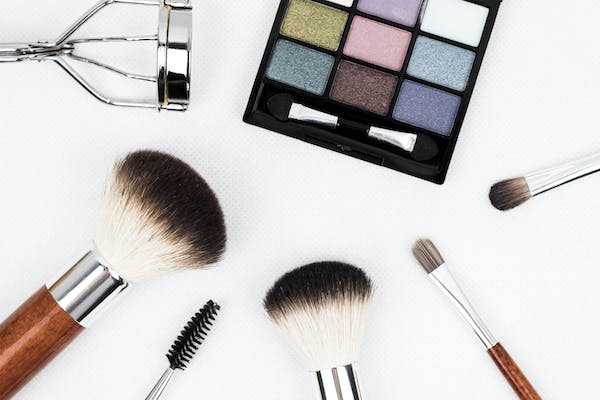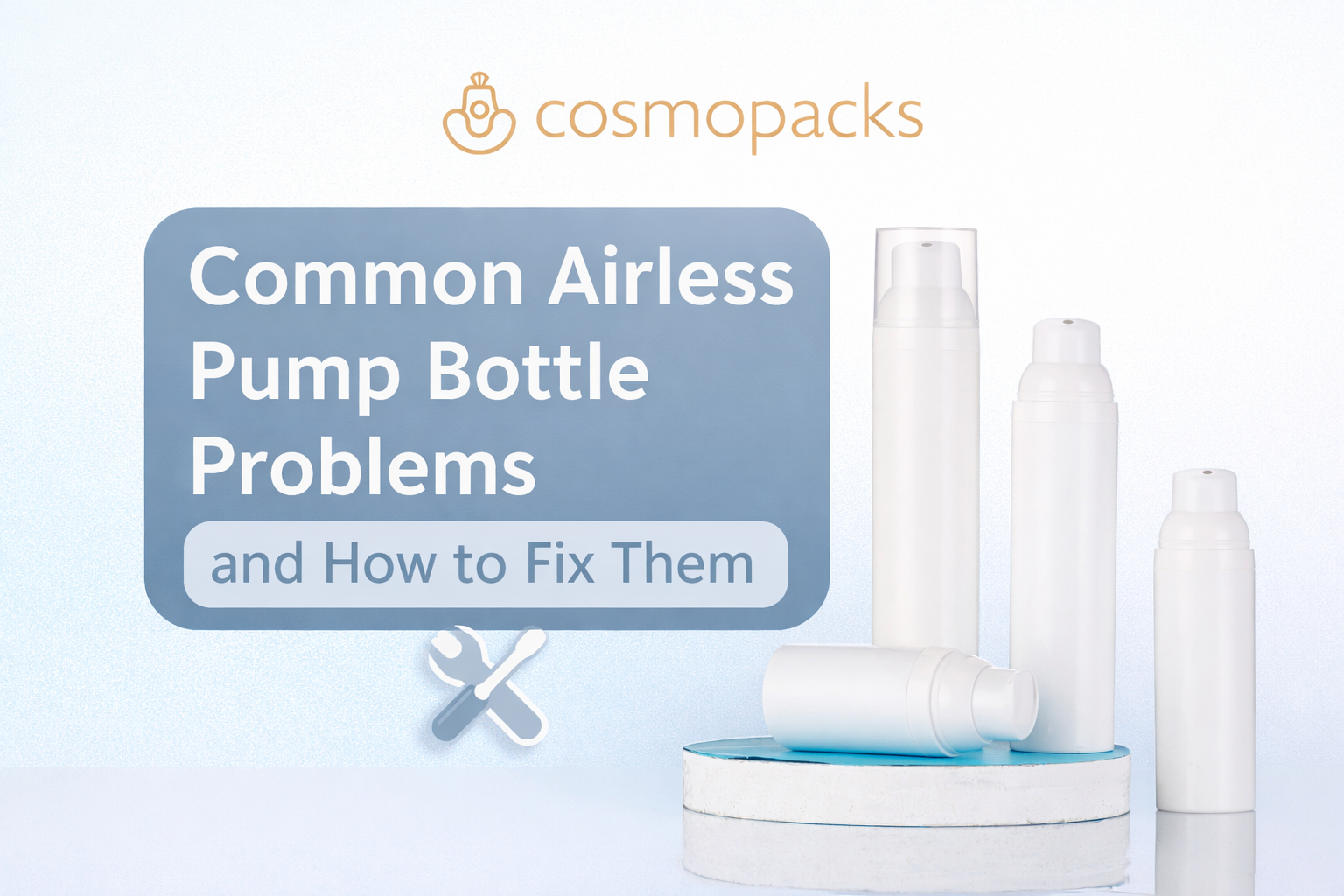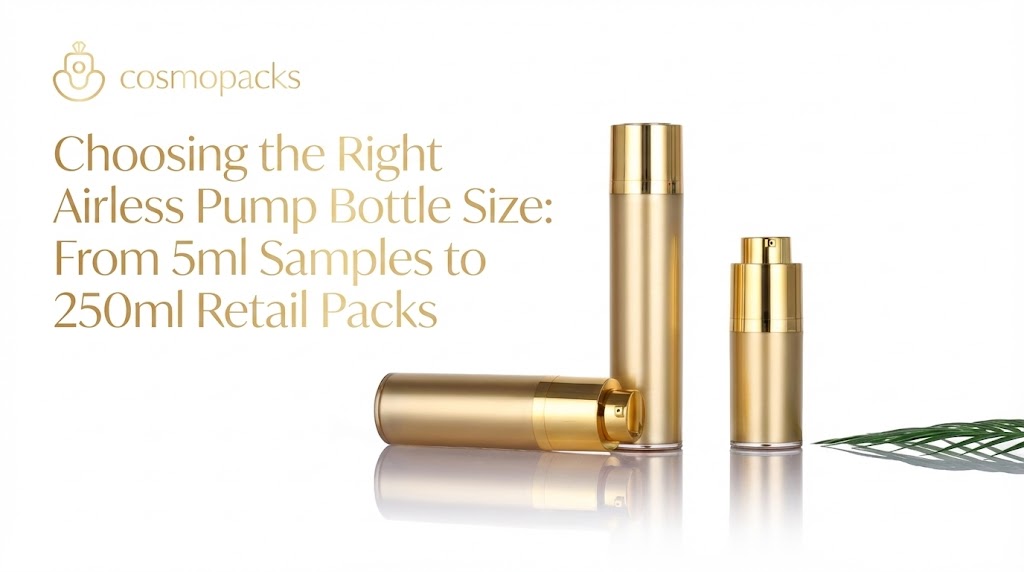The cosmetics business plan plans are the blueprint of any successful cosmetic business model. To create a proper business plan, you need to understand your business and its objectives.
In this article, we’ll explain why it’s important to conduct market research and define your business concept and objectives. We’ll also explain why it’s essential to consider marketing, competitor analysis, advertising, partnerships, and even packaging when starting operations in a business.
Step 1: Conduct Market Research
The first step to starting a cosmetics business is conducting market research. To get the best from market research, you have to consider the overall market size and trends, consumer preferences, and look out for businesses that can be close competitors. Let’s explore these in more detail.
Understand Market Size and Trends
If you want to grow in the cosmetic business and retain your customers, you have to be fully aware of some history behind cosmetic industry trends. According to Grand View Research, the cosmetic industry had a market size that is valued at 262.21 billion dollars in 2020 and is expected to extend further by 4.2% between 2023 – 2030.
Knowing the history behind the cosmetics industry will help you understand what your brand’s place is in the market, and how to develop from there. Understanding market trends can help to make informed decisions on what pattern to adopt for marketing cosmetic products.
Analyze Consumer Preferences
Let’s face it, not everyone likes the same thing. What you may like, another may find unsuitable for their needs. As a cosmetic industry, you have to accurately analyze what your target customers may want, and take their preferences into account when trying to make your product and construct a business plan for cosmetic products.
For example, some people may find several ingredients in a skincare product more helpful for their oily skin, while others may find it too harsh or irritating to their dry skin. Younger people may prefer airtight bottles with better precision, while older people may have no problems with any bottle packaging.
Investigate Competitive Landscape
No matter what industry you find yourself in, competition is stiff. However, competitive landscapes vary across industries, which is why it is important to do your research on the competition.
As a young business, you need to gather information about bigger cosmetic product companies like Nivea, Dove, Gillette, Pantene, and L’Oreal. Also, you can also keep tabs on fast-developing companies like Fenty Beauty. Including this in your cosmetics business plan will help you understand how to beat the competition and come out on top as one of your industry’s leaders.
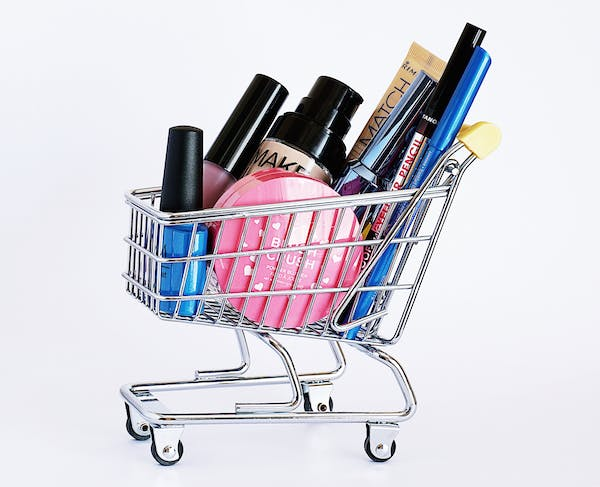
Step 2: Define Business Concepts and Objectives
A strong and sturdy business concept and cosmetics company business plan will make your objectives more achievable and will hasten your progress. Let’s see this in more detail.
Business Concept
As mentioned earlier, a cosmetics company’s business plan and business concept helps to analyze how valuable your business idea is, how well it will solve a problem, your target audience, and their interest in the problem itself. Doing this helps you understand whether that business idea is worth investing in in the first place.
Here are different business concepts needed for natural, organic, and healthy beauty.
● Natural/Organic Beauty
Natural/organic beauty products are popular among a niched target audience, and they tend to look out for some details when picking their products. Organic beauty business concepts include the production of cosmetic products using only natural or organic ingredients.
Recently, there has been an increase in the number of natural or organic beauty product users. This is why it is important to include organic products in a cosmetic product lineup.
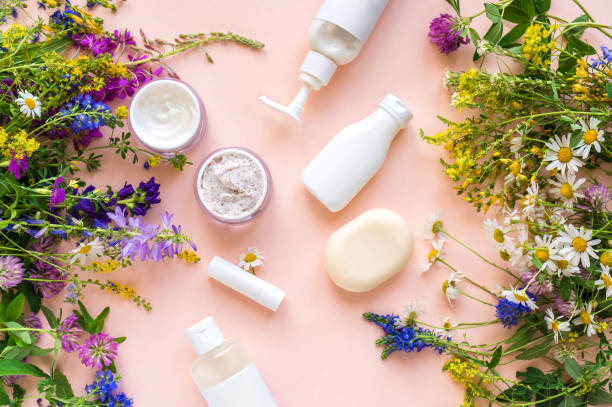
● Luxury/High-end Beauty
Undoubtedly, there are many luxury cosmetic products out there, and they currently dominate the cosmetic industry. Luxury or high-end beauty products need well-detailed business concepts and objectives in order to beat the competition.
Luxury/high-end brands often focus on getting quality, highly-customizable packaging. When you come across this kind of packaging, you’re most likely going to feel a sense of exclusivity and sophistication. In your business plan for cosmetic products, you have to include the cost and pricing for this packaging.
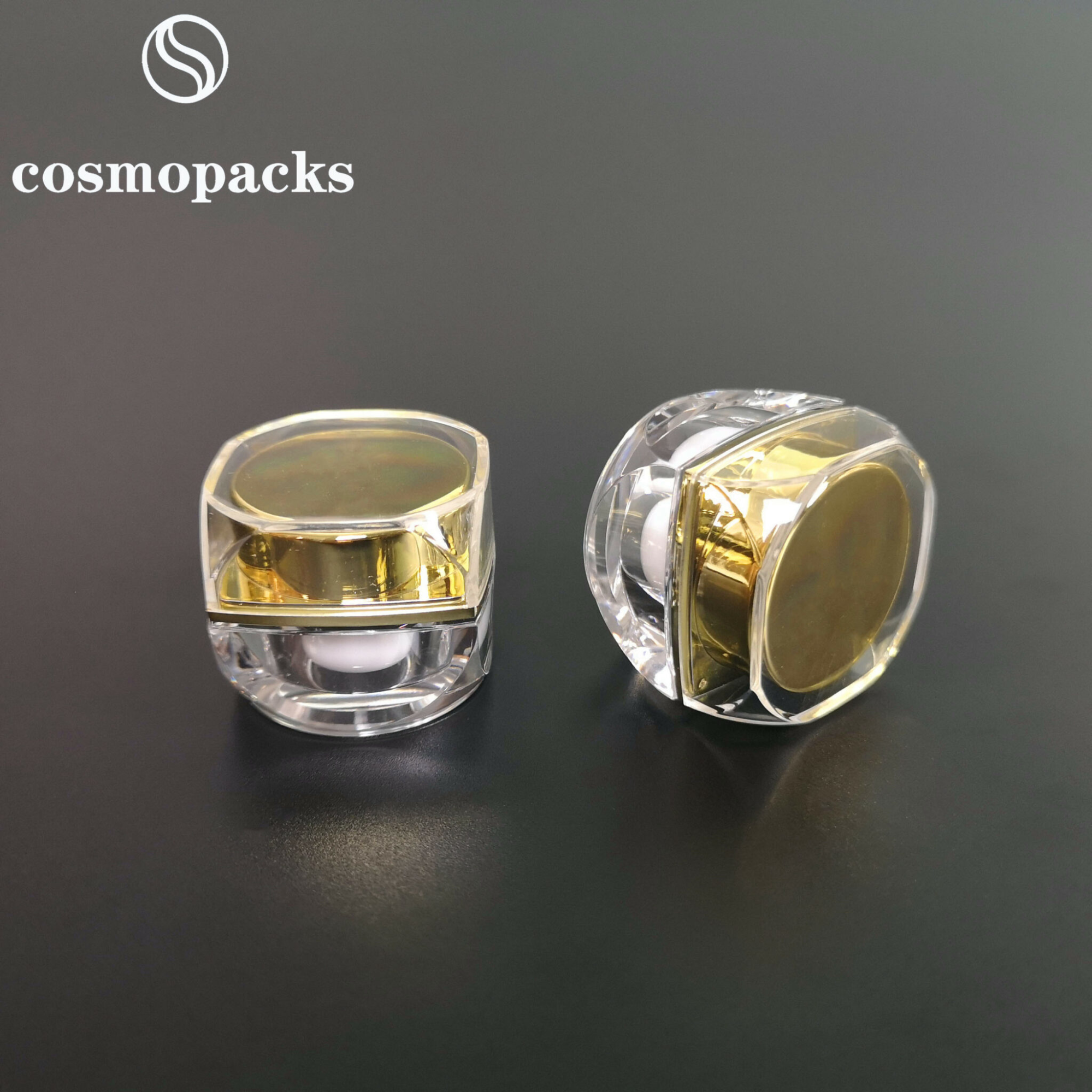
● Healthy Beauty
Cosmetics are made with ingredients that foster healthy skin. Different skin types react to cosmetics differently, but promoting a healthy beauty product will ensure that only the finest healthy ingredient is used on skin care products
Some of the healthy ingredients used in cosmetics are Aloe vera, green tea extract, shea butter, and chamomile. Aloe vera can hydrate the skin and reduce inflammation, shea butter improves the skin’s elasticity with its rich supply of vitamins A and E, and chamomile on the other hand is helpful on sensitive skin to promote better skin health.
Objectives
Increasing market share and establishing a strong brand identity are key objectives for a cosmetic business’ growth.
● Increase Certain Market Share
One of the most essential objectives is obtaining a substantial portion of the market share. Not surprisingly, larger cosmetic businesses control a good amount of market share. That said, smaller, emerging cosmetic businesses’ primary objectives should be to take away some of this market share from their larger counterparts.
They can do this by improving the quality of their product and being innovative. Instead of focusing on the products of the existing larger cosmetic businesses, adequate research should be carried out to produce a more innovative formula that will yield a better result. This way, smaller businesses can garner the attention of cosmetic lovers and achieve their marketing objectives.
● Establish a Strong Brand Identity
Brand identity lets your customers know who you are, what you bring to the table, and your company’s values and personality. In order to attract your target audience, you need to include plans on how to gradually develop your brand identity into your brand’s business plan.
Brand identity can be established in the form of a unique brand name and logo, design consistency in the brands’ visual or audiovisual materials, and catchy phrases.
● Expand the Product Line
A good cosmetics business plan often includes plans for expansion. If you sell a certain cosmetic product, you will most likely want to branch out and sell other types of cosmetic products. If the brand has mainly been selling skincare products, the brand’s product line can be expanded to include makeup products, hair products, and even fragrances.
For a better marketing result, you can create multiple business plans for different types of products such as a makeup business plan for makeup products, and a skincare business plan for skin care products.
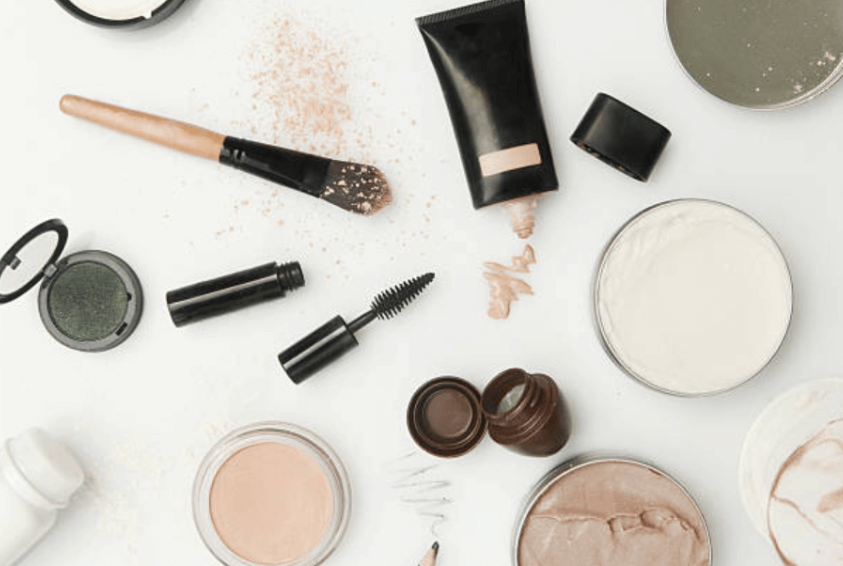
Step 3: Identify Target Customers
Without identifying the kind of customers you want, it’ll be challenging to get sales and attract customers to your brand. Here are these types of target customers in greater detail.
● Beauty Enthusiasts
Beauty enthusiasts are often highly interested in all the best and latest cosmetic and skincare products. Additionally, they are highly interested in the latest beauty trends. These types of people use exclusive and innovative cosmetic application products like rollers. To attract these types of customers, your brand also needs to keep up with these trends.
Luckily, you can find many of these beauty enthusiasts closely following thought leaders in this industry on various social media channels and forums. For these target customers, you may need to include digital and offline marketing campaigns and create a detailed makeup business plan and skincare business plan.
● Budget-Conscious Consumers
Budget-friendly consumers take their money into account when choosing their products. Because these consumers closely track how much they spend on products, they will only consider a particular product if it’s affordable, and fits into their budget.
To get these kinds of people, you have to make sure many of them can comfortably afford your product by leveraging on price strategies. Not surprisingly, these customers shy away from luxurious brands, choosing to purchase multi-purposed products instead.
● Minimalists
Minimalists prefer a simplified skincare and makeup routine. Unlike beauty enthusiasts, they don’t focus on getting the newest cosmetic products. Rather, they choose products with high functionality, allowing them to minimize their expenditure and the number of skincare products they buy.
Minimalists like to live their lives with less clutter, and generally choose to live simpler lifestyles. In the case of cosmetic products, they like to use as few products as possible. So, if you want to attract these types of people, make sure you develop a minimalist makeup business plan and skincare business plan that have these people’s best interests at heart.
Step 4: Conduct a Competitor Analysis
In order to conduct an effective competitor analysis, you have to analyze their product offerings, brand position, pricing strategies, and distribution channels. Let’s see these in more detail.
Analyze Competitors’ Product Offerings
Product offerings help to present a unique value proposition to a consumer. For a business to become successful, it has to include detailed plans on how to present its product’s unique value proposition to its customers. Nivea’s unique value proposition is to protect the skin of the entire family.
Many cosmetic companies offer an array of products that make it hard for new businesses to break into the market and compete. For example, Nivea offers cosmetic products like hair care products, skincare products, and even deodorant for males and females. Analyzing these competitors and their products will make you weigh your options and determine how best to enter the market.
Analyze Competitors’ Brand Position
Brands like Nivea have taken steps to maintain a strong brand positioning. Before getting your business off the ground, make sure you understand your competitors’ position and how much influence they have on the market.
Contrary to popular belief, brand positioning isn’t just slapping catchy tag lines and fancy logos on your web and social media pages. Effective brand positioning will make your brand favorable and valuable to your consumers.
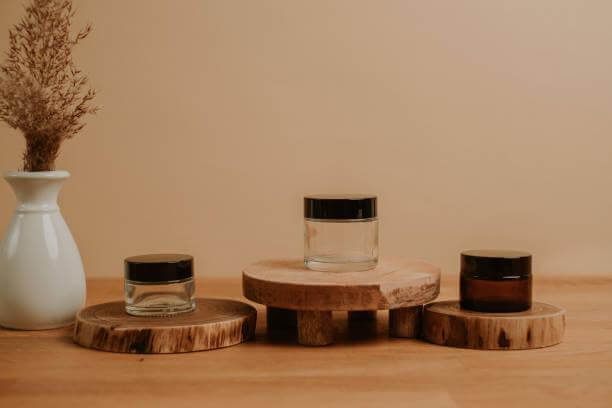
Analyze Competitors’ Pricing Strategies
Strategic pricing is another way to infiltrate the market. If you want to figure out the best pricing, take a quick survey of all your competitors and their pricing.
For example, if Nivea and other big brands’ hair care products are being sold for an average of $50, try to figure out a way to sell your products significantly or slightly lower. This way, you can attract budget-conscious customers who want more for less.
Analyze Competitors’ Distribution Channels
Analyzing distribution channels helps you figure out the best distribution channel for your business.
In addition to traditional distribution channels like wholesaling and retailing, E-commerce has emerged as one of the biggest distribution channels in the beauty industry. If you’re a smaller cosmetic company trying to find its footing, E-commerce is a good way to get orders coming in.
Step 5: Develop Product Line and Brand Strategy
Brand strategy and product lines can make or break your brand. Big brands like Pantene and Dove have solid brand strategies and diverse product lines for inclusivity.
Product lines and breaks strategies involve developing core product lines and seasonal collections, brand storytelling, and collaborations with influencers. Let’s look into these points.
Product Line Strategies
The best product line strategies are creating a core product line and a product line specific to a particular season or holiday period.
● Core Product Line
Your brand is more likely to stand out if it has a core product line. Having this improves your brand’s ability to stand out, and makes your products accessible to more diverse audiences. Collections like the Gold series collection owned by Pantene have become so popular that it has won multiple awards in the cosmetic industry.
● Seasonal Collections
Seasonal collections are exactly what they sound like seasonal. We have different cosmetic care needs during various seasons, so it’s essential for your brand to take that into account. Also, during periods like Christmas and Easter, it’s important to have collections in order to divert attention toward your brand and increase sales.
Brand Strategies
Telling your brand story and collaborating with thought leaders and influencers in your industry are amazing ways to drive your business’ growth and infuse some personality.
● Tell the Brand Story
Every brand has a story. Brands have missions, goals, and visions peculiar to them that drive them forward, and communicating this mission to your audience will boost your customer acquisition and retention. For example, Nivea is now a household name, as it has sold itself as a family-oriented cosmetic care company.
● Collaborations with Influencers
Influencers will always be able to drive customers to patronize your brand, and it’s important to include them in your cosmetics business plan. Not only do they bring customers, but they put your brand in the cosmetic industry’s limelight and make them favorable to your desired customers.

Step 6: Define Marketing and Sales Strategies
Marketing and sales is another essential part of a successful skincare business plan. Now, digital marketing, retail partnerships, and advertising have proven to be the most effective ways to promote your brand. Here are the facts:
Digital Marketing
Due to the integration of technology and, specifically, the internet, into the cosmetic industry, business has booked like never before. Search engines and social media channels like Facebook, Twitter, and Instagram can create massive awareness for your brand and also enable you to create and maintain a positive relationship with your customers.
Retail Partnerships
Wholesale and retail partnerships will always remain powerful ways to get new customers fast. For increased reach, you can reach out to select retail stores within and outside your area. More often than not, these businesses are open to opportunities that will make them more money.
Also, retail partnerships help with your brand positioning and improve customers’ trust in your brand. For instance, there is a higher chance of selling a cosmetics product if a retailer talks to the customer about the product.
Online and Offline Advertising
Advertising has become a highly extreme marketing tool, and it is now used by large and small cosmetic brands alike.
Offline advertising involves guerilla marketing campaigns, using billboards, flyers, posters, and so on. On the other hand, online advertising involves running ads on search engines and social media. Make sure to include a good blend of both into your skincare business plan and marketing efforts.
Step 7: Outline Operational and Plans
Without plans for operations, a business plan is as good as useless. Supply chain management and quality control are important factors to consider when making plans for operation. Here are these factors in more detail.
Supply Chain Management
Supply chain management is the management of the flow of goods, data, services, and finances related to a particular business, from the state of manufacture to the state of consumer consumption.
If you want good customer loyalty and avocation on a cosmetic product, you have to make this process as smooth and quality as possible. Additionally, efficient supply chain management saves costs and hastens the delivery process to the final consumer.
Quality Control
Quality control is a set of procedures that your product will be subjected to in order to ensure that it meets the criteria for quality. In order to avoid your brand putting out inconsistent quality, you will most likely face a lot of customer satisfaction issues that you have to meet.
Quality standards have been put in place in the cosmetic industry, starting from ingredient selection which should strictly follow the INCI (International Nomenclature of Cosmetic Ingredients) list of approved ingredients.
Also, microbiological testing is carried out on cosmetic products to ensure that they are not contaminated, and are not harmful to cosmetics users.

Step 8: Outline Financial Plans
Financial planning is the backbone of any business plan. Creating a cash flow forecast and a profitability analysis is key to your business’s growth and profitability. Let’s take a look at these factors.
Create a Cash Flow Forecast
Cash flow forecasts typically predict a company’s future financial position; a company’s cash flow involves receivables and expected payments from various sources. Cash flow also involves money from future sales of assets, grants, bills, and miscellaneous expenses.
That said, a cosmetics company can create a cash flow forecast to track how much the business is estimated to spend in the future. Doing this will help to plan for times when the company’s low on cash.
Profitability Analysis
Profitability analysis is the calculation and analysis of the profits of a business. The cosmetic industry has a different net profit margin that is affected by the company size, location of the business, availability of competitors, and the business strategy used. All these are determining factors in deciding on the cost of a product, and the profit that can be gotten from the product.
Customize Your Ideal Cosmetic Bottle Packaging
One of the trends in cosmetics involves developing an ideal bottle packaging that speaks for your brand. These trends revolve around making eco-friendly packaging and maintaining thoughtful pre-sale and post-sale services.
Eco-Friendly Cosmetic Packaging Materials
Eco-friendly cosmetic packaging is becoming increasingly common, and many customers now look out for this. Luckily, Cosmopacks have created highly customizable packaging for brands worldwide using bamboo, Post-consumer recycled plastics, glass, and bioplastics.
Our list of cosmetic packaging includes:
- Cosmetic bottle
- Cosmetic jars
- Cosmetic tubes
- Makeup packaging
- Recycled cosmetic bottle
Thoughtful Pre-Sale and Post-Sale Service
We offer thoughtful pre-sale and post-sale services that include efficient consultation and communication, printing and sampling, production and warehousing, and inspection and shipment of all our packaging products to our customer’s desired locations.
Conclusion
Creating a skincare business plan can seem like a herculean task, but taking the time to add these details above can make all the difference. Effective marketing and customer service, competitor analysis, cosmetic packaging plans, operational plans, and market research are all integral to your brand’s success in the short and long term.
Cosmopacks offers amazing, highly customizable bottle packaging for brands worldwide. Their objective is to find the best way to reflect your brand’s identity by creating tailored packaging options and eco-friendly packaging.
Get in touch with us by visiting our website or reaching out to us through our various helpline channels.

